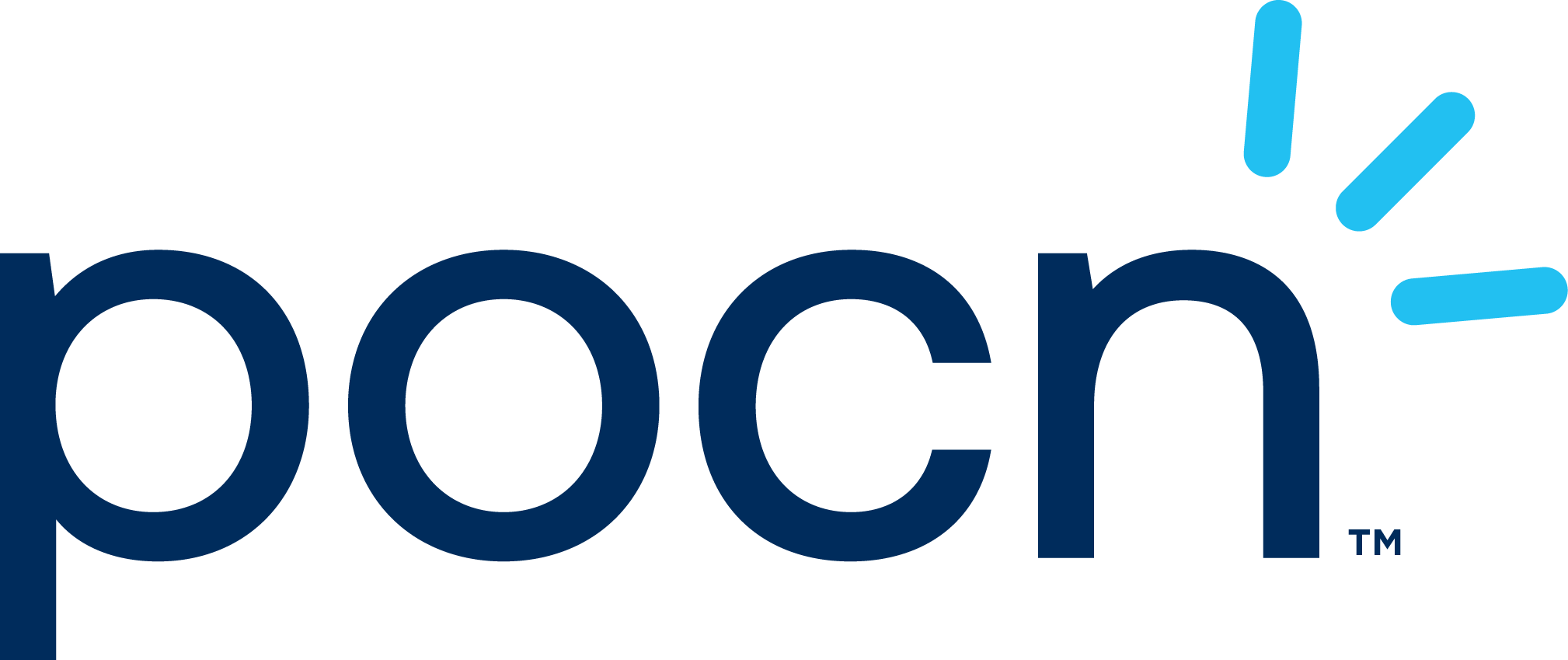Overactive bladder (OAB) symptoms are common in men after transurethral resection or incision of the prostate for benign prostatic obstruction. This study compared the safety and efficacy of solifenacin (antimuscarinic) and mirabegron (β-3 agonist) in managing these symptoms. A randomized trial assessed their impact on Urgency Severity Score (USS), OAB Symptom Score (OABSS), and other measures in 57 men (mean age 70.8 years) who could void smoothly post-catheter removal. Participants received daily solifenacin (5 mg), mirabegron (50 mg), or no treatment for four weeks, with evaluations at 2 and 4 weeks.
At 2 weeks, solifenacin and mirabegron significantly reduced USS and OABSS compared to the control group, though two patients on solifenacin experienced urinary retention. By 4 weeks, all groups, including controls, showed symptom improvement, suggesting relief may occur without medication. While both drugs were effective for early postoperative OAB management, mirabegron showed a better safety profile, making it the preferred option to minimize adverse events.
Reference: Lee CL, Kuo HC. Treating overactive bladder symptoms after transurethral prostatic surgery for benign prostatic hyperplasia – Which medication to choose? Tzu Chi Med J. 2023;35(4):312-316. doi: 10.4103/tcmj.tcmj_123_23.



